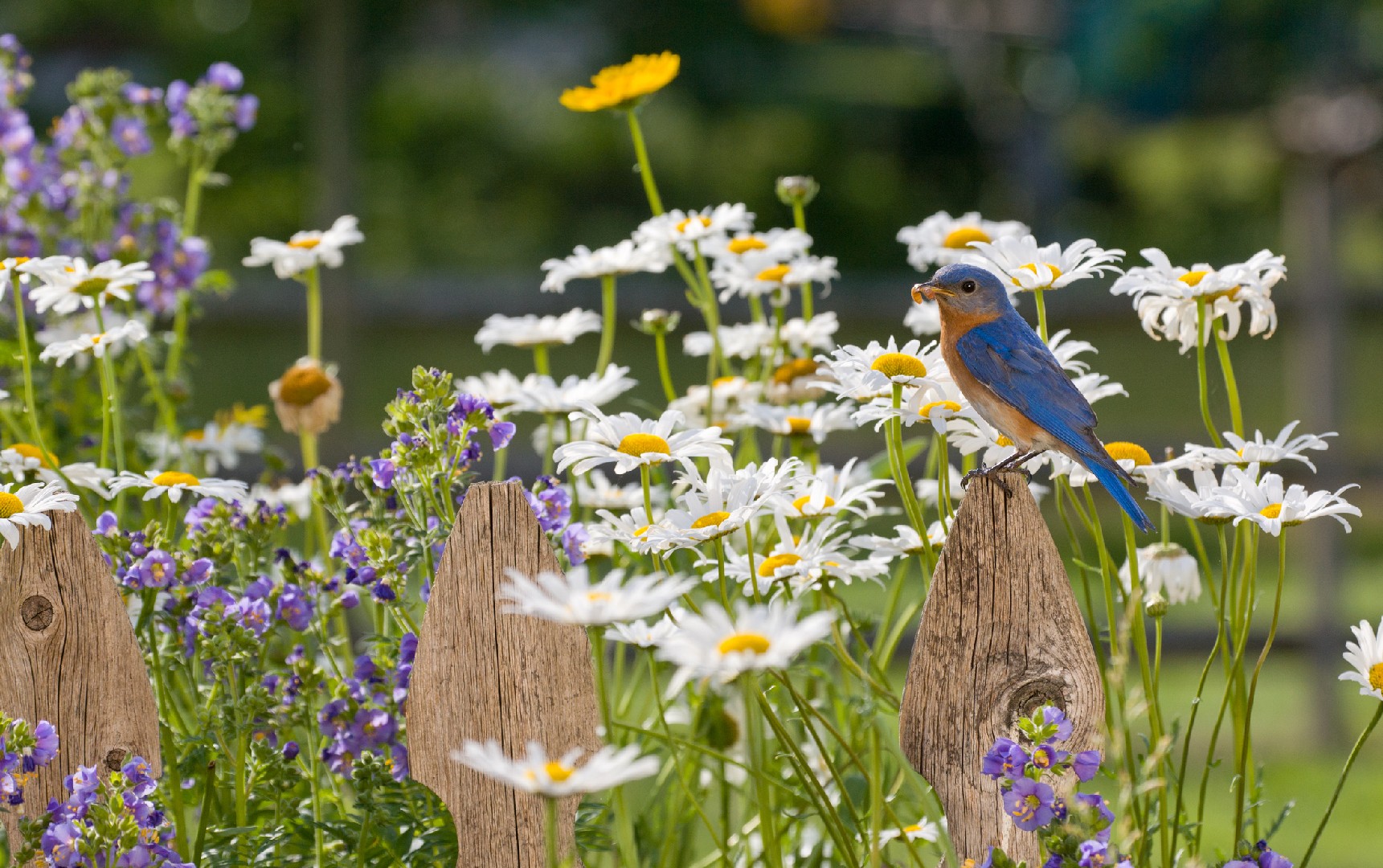![Rectangle]()
Understanding Your Local Wildlife
When creating a backyard sanctuary, it is important to understand and appreciate the local wildlife that calls your area home. Researching local wildlife species and their specific needs is crucial in designing a space that will attract and support a diverse range of wildlife. By catering to the needs of animals, birds, insects, and mammals, you can create a thriving habitat right in your own backyard.
One of the first steps in understanding your local wildlife is to identify the types of wildlife you can attract. Birds, for example, are a common and beautiful addition to any backyard sanctuary. By providing a variety of bird feeders, birdbaths, and nesting boxes, you can create a welcoming environment for bird species in your area. Additionally, planting native flowering plants that produce nectar and berries can attract birds that feed on these food sources. It's important to note that different bird species have different preferences, so it is beneficial to do some research to determine the specific needs of the birds in your region.
Insects are another important group of wildlife to consider when designing your backyard sanctuary. Insects like butterflies and bees play a vital role in pollination, so it is beneficial to create a space that attracts and supports these pollinators. Planting native flowers like milkweed, lavender, and sunflowers, which provide nectar and are well-suited for pollinators, can help attract butterflies and bees to your garden.
Mammals are also an important part of the local wildlife ecosystem. Creating habitat features like brush piles, rock piles, and small ponds can provide shelter, food, and water for small mammals like chipmunks, squirrels, and rabbits. Planting native trees and shrubs that produce fruits and nuts can also attract larger mammals like deer and foxes.
One key aspect of supporting local wildlife is the use of native plants. Native plants are adapted to the local climate, soil conditions, and wildlife needs. They provide a sustainable and reliable food source for wildlife, attracting a variety of species throughout the year. By choosing native plants, you not only support local wildlife but also contribute to the preservation of your region's natural heritage.
In conclusion, understanding your local wildlife is essential for creating a backyard sanctuary that attracts and supports a diverse range of species. By researching the specific needs of different wildlife groups like birds, insects, and mammals, you can design a space that provides food, water, shelter, and other essential resources. Planting native plants adds to the attractiveness of your backyard sanctuary and ensures a sustainable habitat that benefits both wildlife and the environment. So, take the time to learn about the wildlife in your area and start creating a thriving sanctuary for them in your own backyard.





